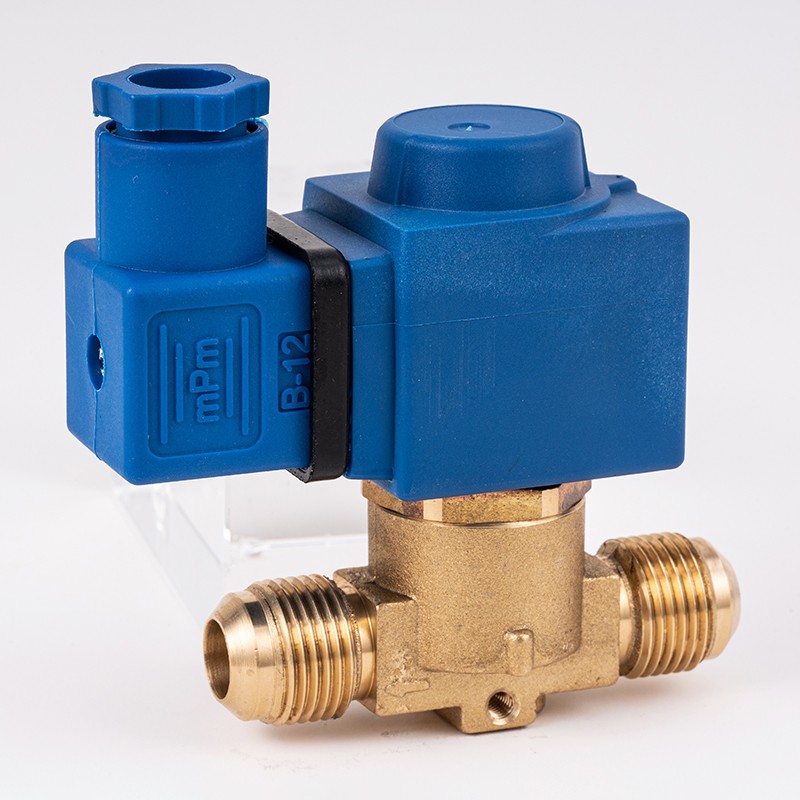
Solenoid Valve is an industrial equipment controlled by electromagnetism. It is a basic component of automation used to control fluids. It is an actuator and is not limited to hydraulic and pneumatic. Used in industrial control systems to adjust the direction, flow, speed and other parameters of the medium. Solenoid Valve can cooperate with different circuits to achieve the desired control, and the control accuracy and flexibility can be guaranteed. There are many types of Solenoid Valve, and different Solenoid Valve play a role in different positions of the control system. The most commonly used ones are one-way valves, safety valves, directional control valves, speed regulating valves, etc.
There is a closed cavity in the Solenoid Valve, with through holes at different positions. Each hole is connected to a different oil pipe. There is a piston in the middle of the cavity, and two electromagnets on both sides. The valve body will be attracted to whichever side of the magnet coil is energized. On the other hand, by controlling the movement of the valve body to open or close different oil drain holes, and the oil inlet hole is normally open, the hydraulic oil will enter the different oil drain pipes, and then push the piston of the oil cylinder through the oil pressure, and the piston will It drives the piston rod, and the piston rod drives the mechanical device. In this way, the mechanical movement is controlled by controlling the current on and off of the electromagnet.
This concludes the introduction to the working principle of the solenoid valve. Do you understand it?
